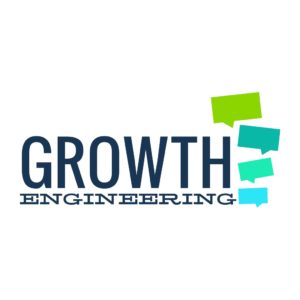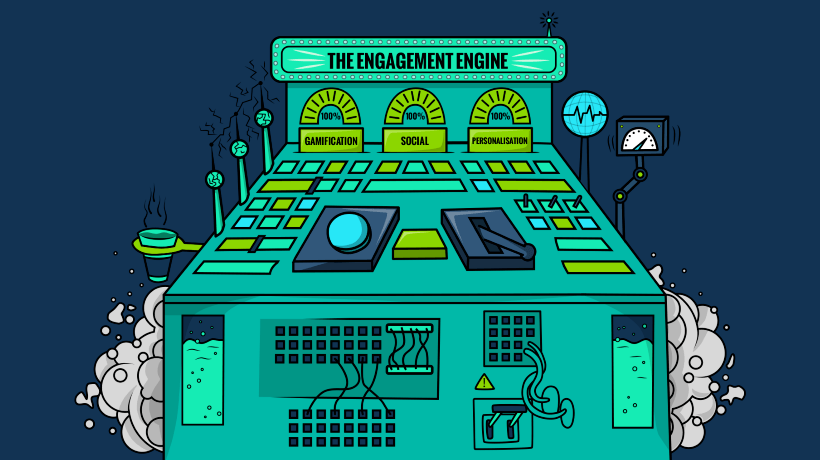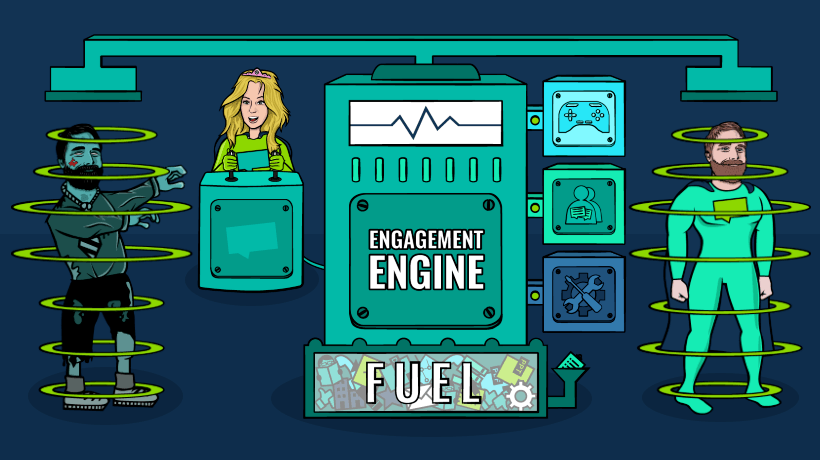What Makes A NextGen Learning Management System?
Technology is a wonderful thing. The trouble is that it keeps changing, keeps evolving, keeps adapting to fickle human desires. That’s great news for the people using the technology, but it means that developers need to work harder. They need to push the boundaries and meet the growing demands of a digitally savvy audience.
This is even more true for learning technology. A legacy of badly designed and uninspiring training platforms has left learners feeling cynical of anything bearing the title ‘eLearning’. Luckily, not everybody has sat back watching the world whizz past them. A new kind of training platform is out there, one specifically engineered to fit into the modern learner’s expectations. The NextGen Learning Management System is changing the standards of online training in several ways. Here are just a few:
1. UI/UX
Firstly, your LMS needs to look like it’s prepared to take on the future! If looking at your LMS gives you get pangs of nostalgia for the web design of the nineties, it’s time that LMS evolved! Your learners are used to the best and brightest that web UI has to offer, and that’s a competitive arena. While web designers slug it out to offer a seamless experience, you don’t want your LMS to be left behind looking like a digital dinosaur.
Looks aren’t everything of course. You could fill your LMS with sex and sizzle, but if the learners can’t easily navigate it, they’ll soon switch off. If you have a central dashboard with clear links to all the areas they need, you’re off to a good start. The best tip I can give you is to try the learning journey out from a learner’s perspective. Keep your eye open for anything that makes you feel like taking a nap, or worse still, ejecting your computer through the nearest window.
Those high standards of UI and UX are essential to keep your learners using the system efficiently, but don’t forget about your admins and managers. Make sure that the back-end areas are just as easy to use, letting your learning leaders concentrate on unleashing superheroes!
2. Gamification
Speaking of user experience, what can you do to make the learning journey more enthralling? The answer is pretty easy when you think about it – you just make the experience feel more like a game than a beige-and-boring learning platform. You might think gamification is a niche field or an untested quantity, but you’d be wrong. Gamification has been so successful that you probably don’t even realize when you’re being gamified.
Those stamps you collect in your local coffee shop – gamification.
That progress bar telling you that your LinkedIn profile isn’t complete – gamification.
When it comes to NextGen learning platforms, gamification plays a major role in hooking your learners and keeping them coming back for more. Badges tap into their impulse to collect things and drive them to search the LMS for that piece of content that’ll make their badge cabinet complete. Leaderboards let them see where they rank in comparison to their peers and give them a reason to push a little harder. Levels can take a dry subject and turn it into a momentous quest for personal development. Like so much in a NextGen LMS, gamification isn’t just about what the user does – it’s about how it makes them feel.
3. Social
Few things define the world of today better than the rise of social media. It has given a voice to the previously unheard millions and they’re not afraid to use it. This democratisation of online content has had a massive impact. Five or ten years ago, people would tweet about the news. Nowadays, no self-respecting news report would be complete without a segment about the reaction on the Twittersphere. If you wanted to start a revolution in the past, you needed to go to the trouble of dumping crates of tea into Boston Harbor. Now, all you need is 140 characters and an axe to grind!
If you want your training to have a revolutionary impact, you can only succeed with a selection of social sparks on your LMS. A company-wide news feed keeps everyone updated on the latest happenings and it gives them a platform to shout about their successes. This plays a huge part in learner engagement and it’s a hallmark of the NextGen LMS.
Social tools aren’t just about bringing people together. They can actually improve the quality of your training. Struggling to create enough content to satisfy your learners? No problem – with social features, you can pass the torch to the brightest learners in your team. Letting your learners create content doesn’t just give you a bigger pool of training content. The act of creating a learning asset is a learning experience in itself, and it’s much more powerful than answering a bunch of multiple-choice questions.
4. Personalization
Today’s digital content is almost always tailored for the user. When you fire up your internet browser, the content you see will be in your native language. If you search for double glazing, it’ll list the suppliers near you – not on the other side of the planet. You might take that kind of personalisation for granted but you must admit, life would be pretty frustrating without it.
That’s exactly the kind of frustration that learners across the world feel when they log into their tired old LMS. Even if the content is in a language they can understand, they won’t appreciate trawling through lists of content, looking for something that means something to them. On a NextGen LMS, each learner sees the training that is relevant to their role.
On a deeper level, the platform should be branded and tailored to match the values of the organization. This creates a virtual environment where the learners can feel at home and it makes it easier to instill a sense of ownership. This ownership is absolutely essential if you want your learners to buy into the training program and even contribute their own expertise.
5. Mobile
A NextGen LMS is one that prepares for the future. No learning platform can call itself ‘NextGen’ if it’s created for the technology of yesteryear. More people use mobile devices today than any other platform and that’s a trend that’s set to grow. This pattern of behaviour means that the learning platform needs to be mobile responsive at the very least.
But why stop there? Even with a mobile-optimized LMS, your created-for-desktop eLearning content is going to be awkward, or impossible to use. If you really want to take your LMS into the mobile-first future, it needs to let you create mobile content too. Well, NextGen learning platforms have already covered that base and some even include in-built authoring tools that let you churn out microlearning at lightning speed!
Final Words
There’s one thing that these features have in common. They focus on adapting the experience of learning to better suit the learners. They don’t force the learner into behaviors that don’t come naturally to them – they adjust to make the training experience as enjoyable and effortless as possible. With something like that on your side, there’s nothing stopping you from building a training program that makes a real difference!
Want to know more about the NextGen LMS? Join myself and eLearning expert, Craig Weiss in conversation and find out what the future holds for learning technology. The webinar airs on August 29th and you can sign up by following this link. I’d love to see you there!










